|
Week
ending 28th June: Baron's Haugh,
Hogganfield
Loch LNR
I
managed out during the two sunny days we had last week. On
Wednesday I headed for RSPB Barons Haugh. To give me the best chance of
getting
lots of pictures I took my Nikon D500 camera along with my Sigma 105mm
macro
lens, for flowers and insects, and Sigma 600 mm zoom lens, for more
distant
subject such as birds and animals. In the car park I got off to a flier
with
pictures of a Small Tortoiseshell butterfly on Pencilled Cranesbill. On
my way
down to the Marsh Hide I also got shots of a Meadow
Brown on a Bramble
flower and just outside the hide, a Green-veined White languishing on
Bramble
leaves.
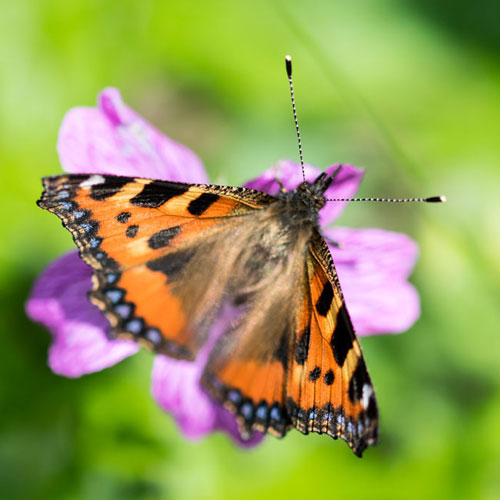 |
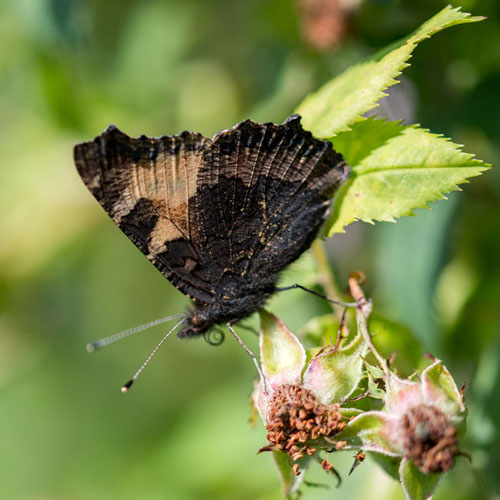 |
| Meadow
Brown |
Green-veined
White |
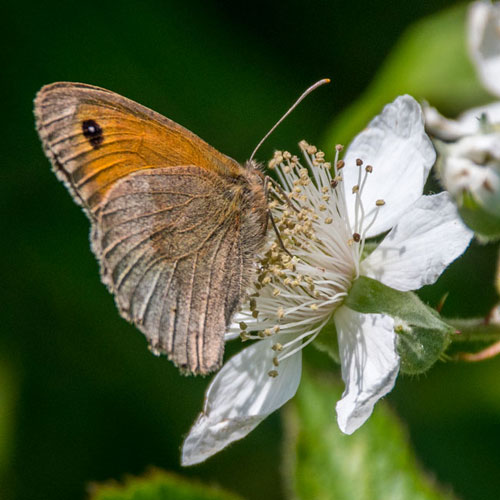 |
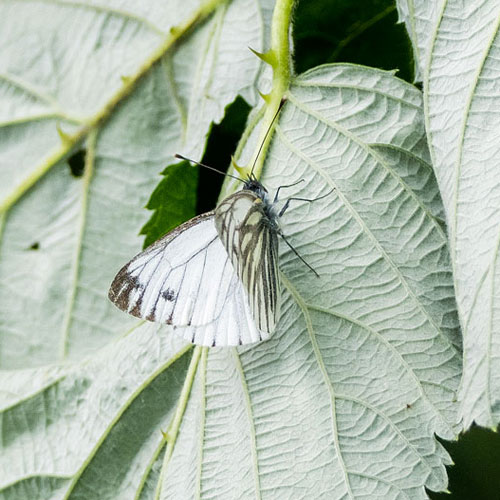 |
It
was very quiet at the Marsh Hide, yielding no birdies. So I tried the
next
hide, the Causeway Hide, where I was a bit more successful, getting a
nice
picture of a Coot. Unfortunately, my stay there was interrupted by an
invasion
of young people with no sense of how to maintain social distancing. My
next stop
was the banks of the River Clyde. There I accidentally spooked a pair
of nearly
mature ducklings. The Phoenix Hide was occupied, but from a quick scan
from the
side of the hide I could see that there weren’t any birds
within 100m. I should
say that I could hear plenty birds singing from deep within their leafy
covers
- Whitethroat, Willow Warbler, Chiffchaff and Robin. In fact, I
didn’t see much
until I got to the Centenary Hide. From there I spotted a Whitethroat belting out a tune from the top
branches of a willow tree. My progress around
the reserve was temporarily halted by a small herd of wayward, and big,
cows. I
only managed to pass when they went for a wee paddle in the River Clyde.
| Coot |
Juvenile
Mallard |
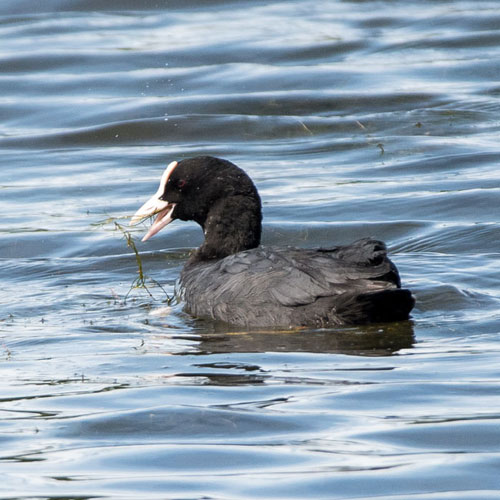 |
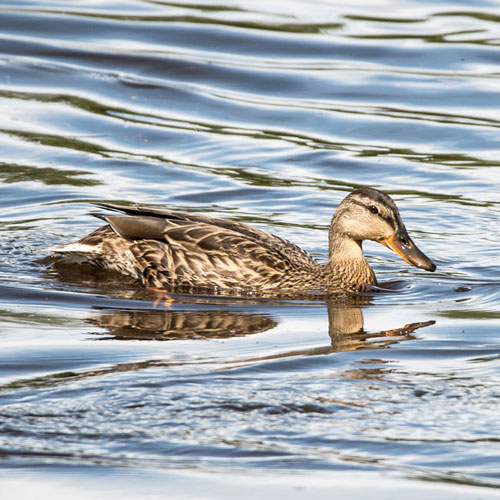 |
| Whitethroat |
Cow |
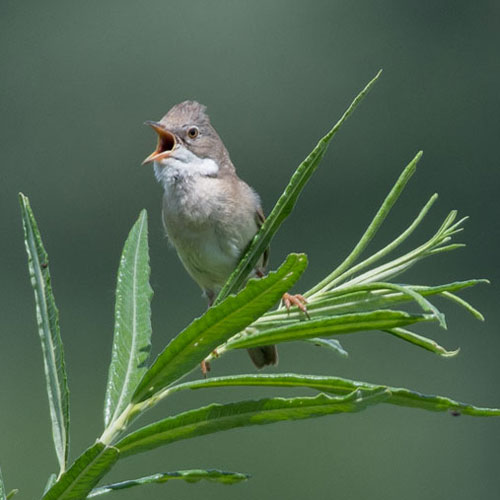 |
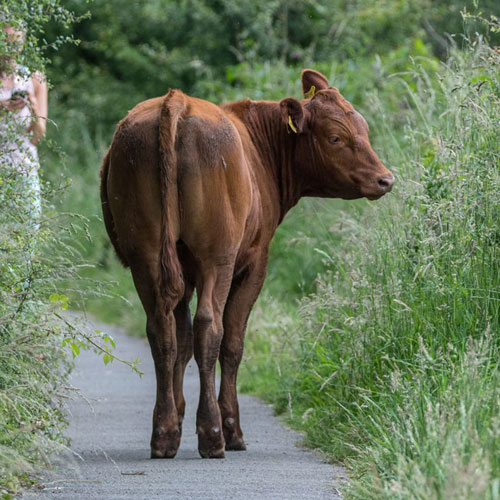 |
I decided that for the last stage of my
visit I would use the macro lens. First to attract my attention was a
Sunfly on
a beautiful Blue Sow Thistle flower. I got up close and personal with a
Common
Clusterfly, managing a shot of its compound eye. On more Bramble I
caught an
image of a hovering Early Bumblebee. Next I snapped a wee beige Carder
Bumblebee hanging onto a tubular flower of Common Comfrey.
| Sun Fly |
Common
Clusterfly |
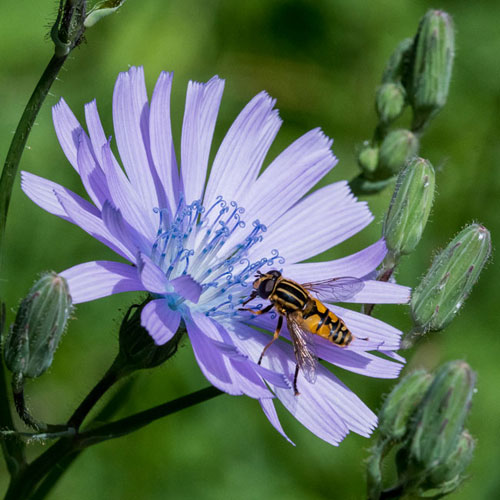 |
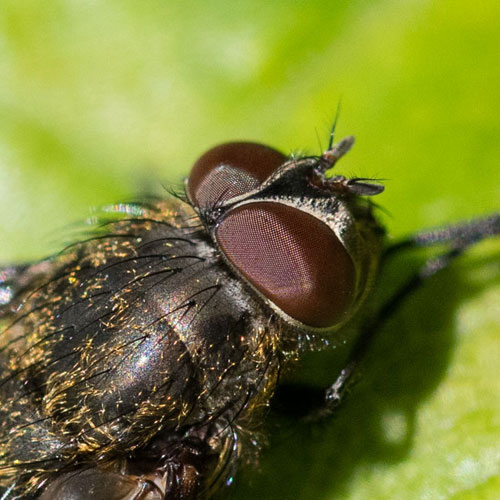 |
| Early
Bumblebee |
Common
Carder Bumblebee |
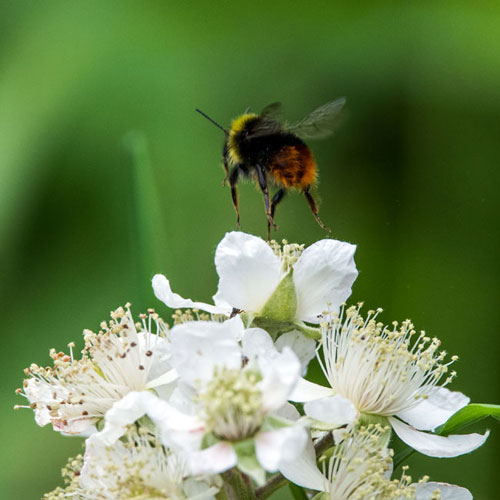 |
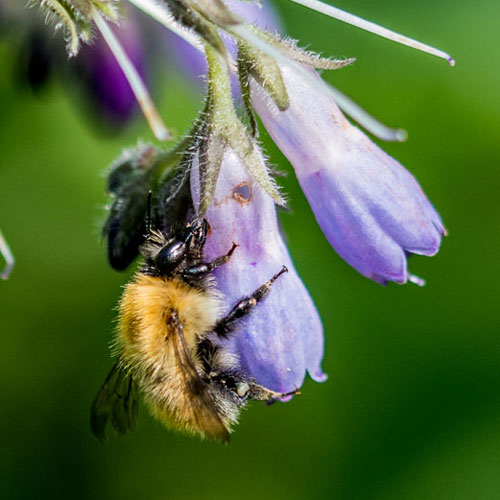 |
On long grass by the
river I was pleased to see one of my favourite
damselflies, the Emerald
Damselfly. Closeby, I also
found Common Blue
and Blue-tailed Damselflies. I think they are delightful creatures.
These were
my last captures at the Haugh but I ended the visit fairly satisfied
with my
haul of pictures, while disappointed that I hadn’t seen many
birds.
| Emerald Damselfly |
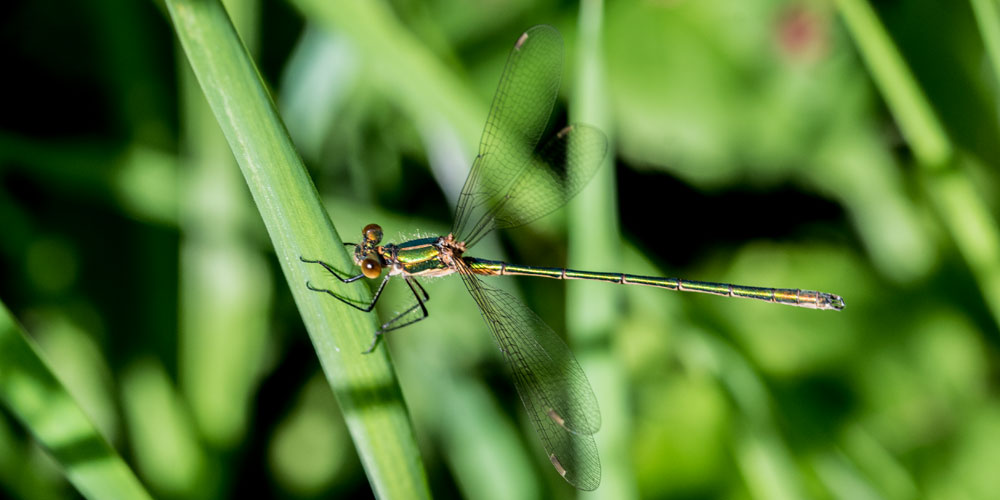 |
| Common
Blue Damselfly |
Blue-tailed
Damselfly |
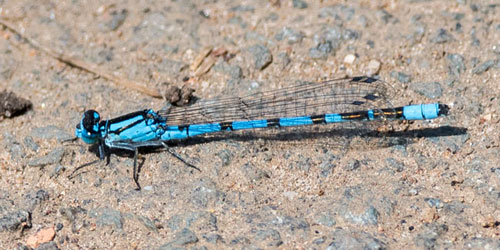 |
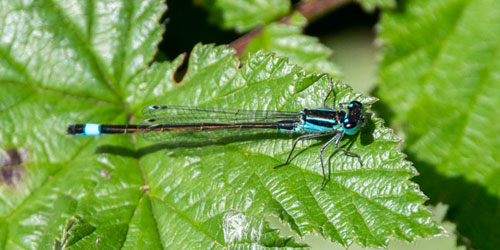 |
The
next day I ventured to Hogganfield Park LNR, so confident that I would
see
birds that I left my macro lens in the car. With the sun still shining
merrily
I started my circuit of the loch with a shot of a small group Mute
Swans
gathered at the car park end. There were also many Greylag Geese on the
water.
I came across a stern-looking Grey Heron posing on one of the
artificial
islands. It seemed totally unconcerned with passers-by. Further out on
the
water I could see a female Great Crested Grebe diving for fish, but no
sign of
the chick I saw last week.
| Mute
Swans |
Greylag
Goose |
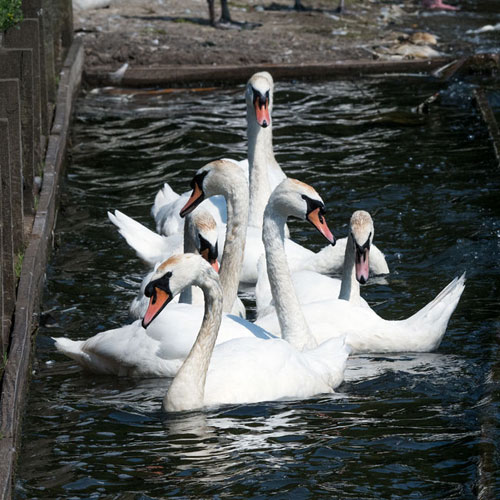 |
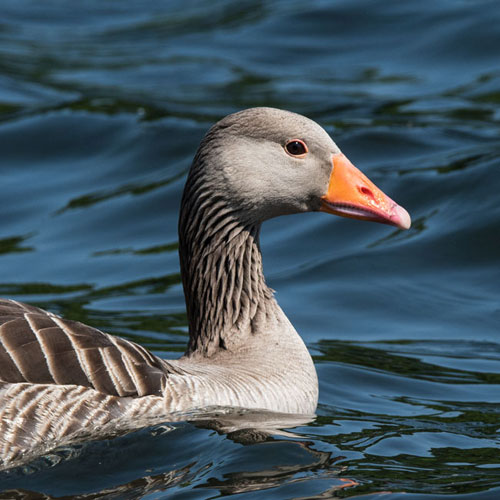 |
| Grey
Heron |
Great
Crested Grebe |
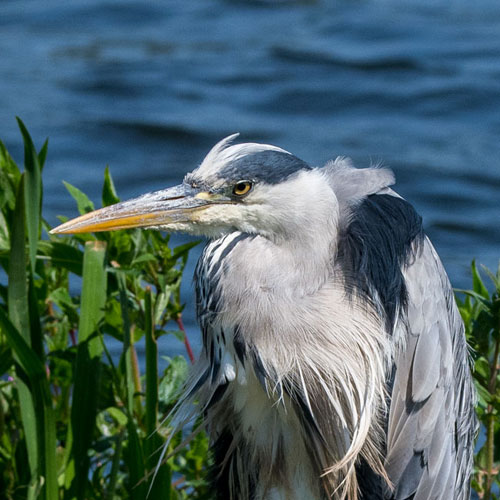 |
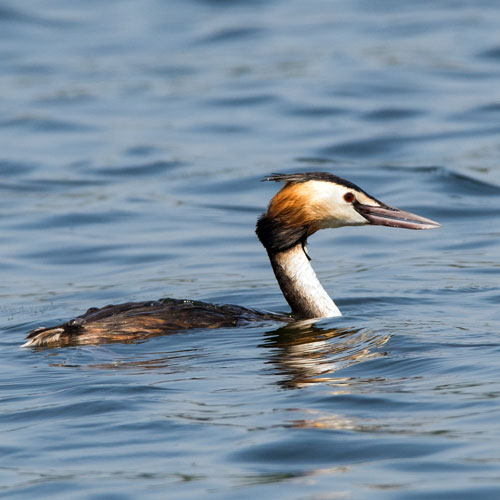 |
On
the sandy beach beside the swing park there was a very active assembly
of
Black-headed and Lesser Black-backed Gulls. On the east side of the
island I
photographed a Coot feeding her 3 hungry chicks, and on another of the
artificial islands, a fair distance from the lochside, a pair of Great
Crested
Grebes were
swapping places on the nest (If you look carefully between
the grebes you can see the tip of the pale-coloured egg).
| Black-headed
Gull |
Lesser
Black-backed Gull |
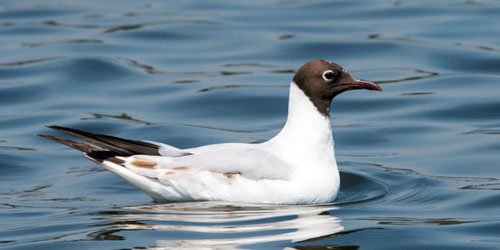 |
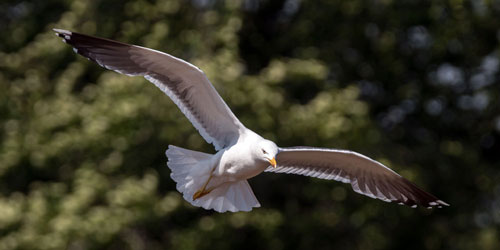 |
| Coot |
Great
Crested Grebe |
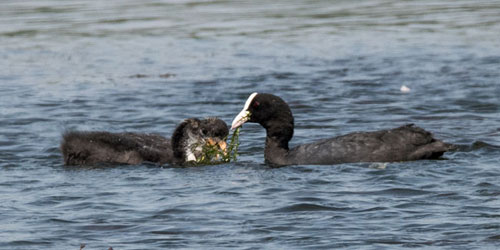 |
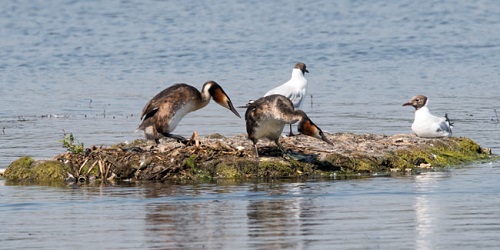 |
I next made a slight
detour to the area north of the eastside pond where I heard a calling Willow
Warbler . Not expecting to see it due to the thick
foliage, I was
pleasantly surprised when it appeared on the low branches for long
enough to
get a few decent shots. On the grass I noticed the attractive sight of
a
Woodpigeon nestled in short grass and daisies. By the pond I found some
damselflies - Common Blue and Blue-tailed Damselflies.
| Willow
Warbler |
Wood
Pigeon |
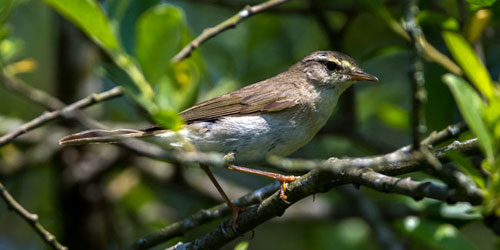 |
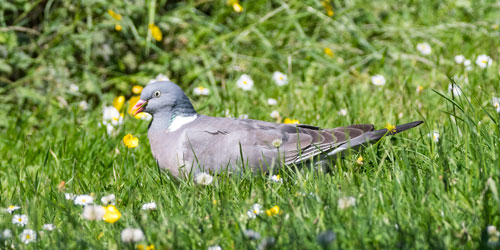 |
| Common
Blue Damselfly |
Blue-tailed
Damselfly |
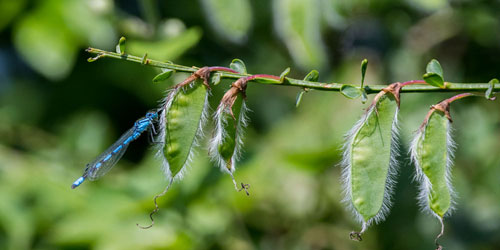 |
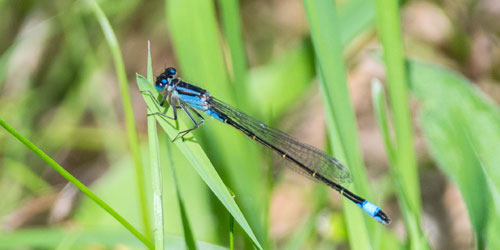 |
I caught sight of a pair
of Small
Heath butterflies cavorting above
bramble bushes. I was willing them to land but they continued with
their
aerobatics until they were out of sight. The picture below gives an
impression
of the moment. I made my way back to the loch side to continue my
circuit and I
snapped a Small Tortoiseshell sunning itself on a wee sandy patch. My
final
shots were of the visit were of the cute variety - Mallard ducklings
nibbling
breadcrumbs thrown in by children who were delighted to see them - as
was I.
| Small
Heath |
Small
Tortoiseshell |
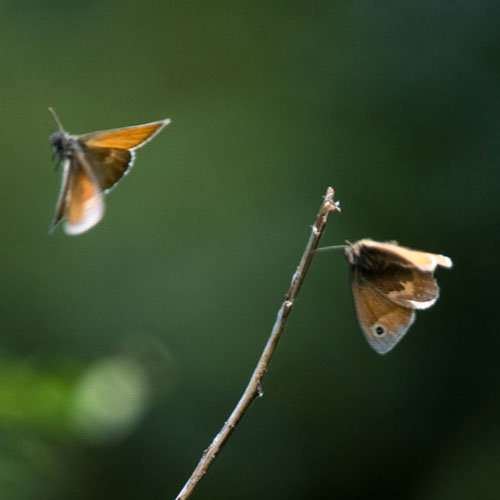 |
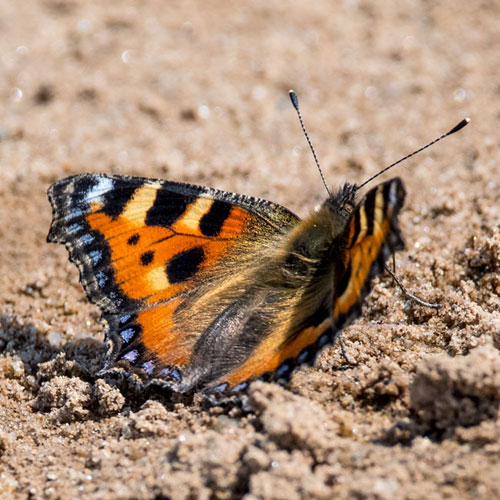 |
It was good to see and
photograph some birds that weren’t sparrows or starlings
or any of the other birds of my back garden that have been entertaining
me over
the last three months. I feel I took great advantage of the weather,
especially
since the rest of the week was wild, wet and windy, and dull. Wee Nicky
announced that we would probably be able to travel more than 5 miles
after July
3rd. Look out coastal birds, we’ll soon be watching you.
Week ending: 21st June 2020:
Jim’s Garden, Hogganfield Loch
We had visit from a wee
stranger to our back garden this week, a young Grey
Squirrel . It
looked hesitant and lost, and after looking around for 10 minutes it
nipped off through the hedge.
The House
Sparrows were
very active, more than usual, as some had demanding fledglings on tow.
They are very messy feeders, good news for the ground feeders, and
consequently my supply of seed, nuts and fatballs is nearly exhausted.
We don’t see much of Mr and Mrs Blackbird since my neighbour
felled their nesting tree, although I did catch some shots of the
female with a worm. There have been hordes of Starlings swooping in to
gorge noisily on the fatballs. In contrast to the neurotic Starlings,
the much calmer Woodpigeon (another victim of the felled tree),
returned to more calmly gather seed below the feeders. It’s
cousins the Feral Pigeons were more frequent visitors, descending from
the relative safety of the rooftops until they felt threatened by
encroaching humans.
| Female
Blackbird |
Starling |
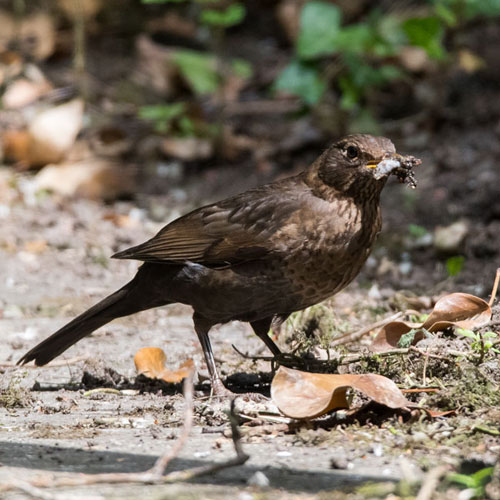 |
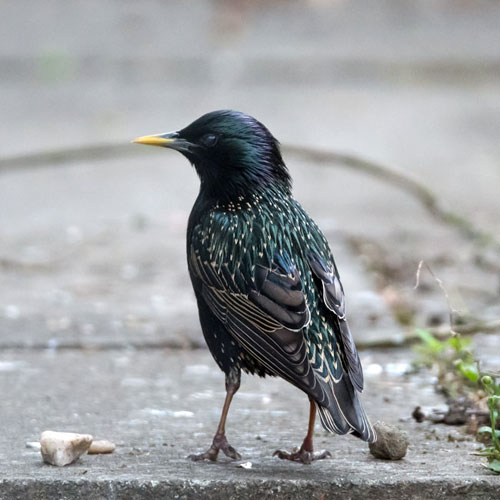 |
| Wood Pigeon |
Feral
Pigeon |
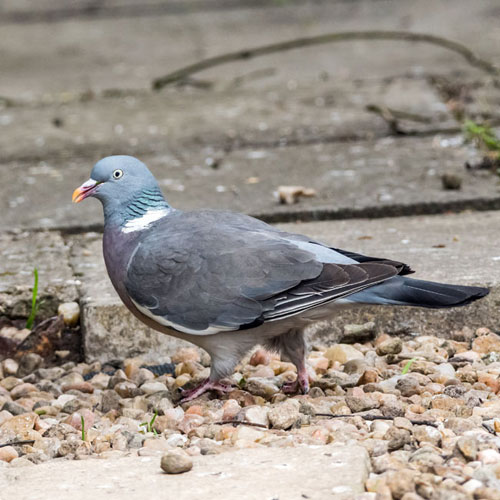 |
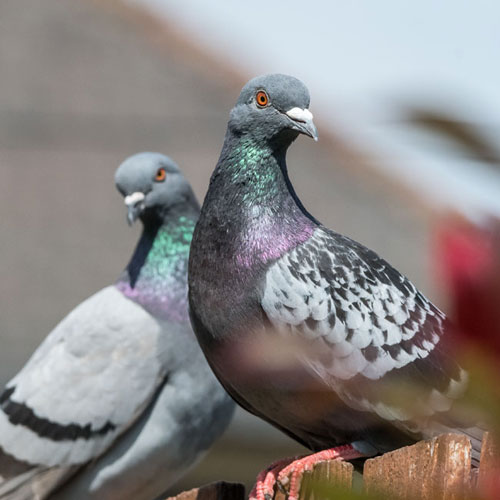 |
I revisited Hogganfield Park LNR once again this week and found plenty
on which to engage my camera, such as the many Mute Swans and Greylag
Geese making most of people’s generous gifts
of food .
At the car park (closed due to the lockdown) I was delighted to get
close shots of some familiar birds. Moorhen, Greylag and Lesser
Black-backed Gulls must have wondered where the cars have
gone
that brought their folk with bags of bread. Walkers were now returning
though, albeit with more dogs and naughty children to chase the birds
into the water. I noticed a naughty Magpie with a chunk of bread it had
stolen from a smaller bird.
| Moorhen |
Greylag Goose |
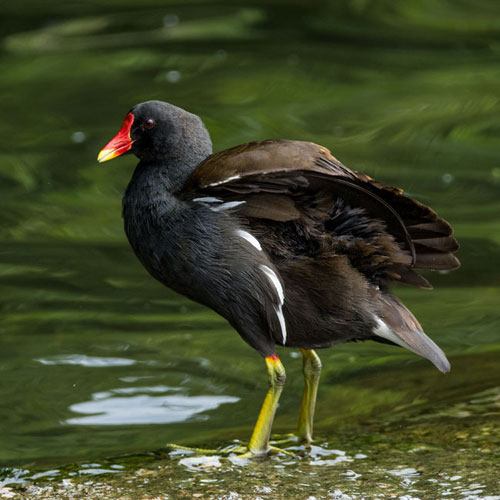 |
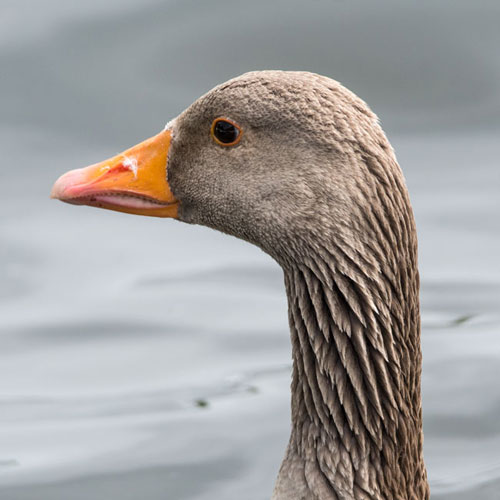 |
| Lesser
Black-backed Gull |
Magpie |
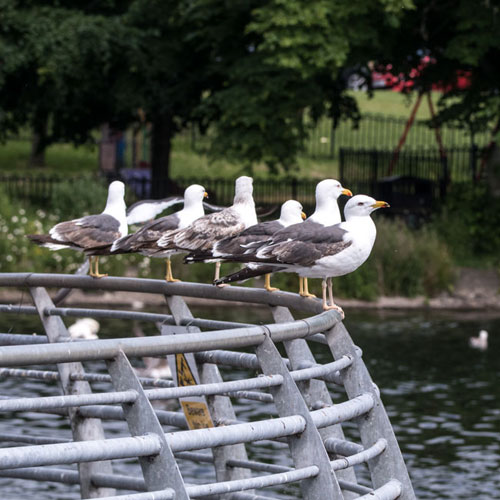 |
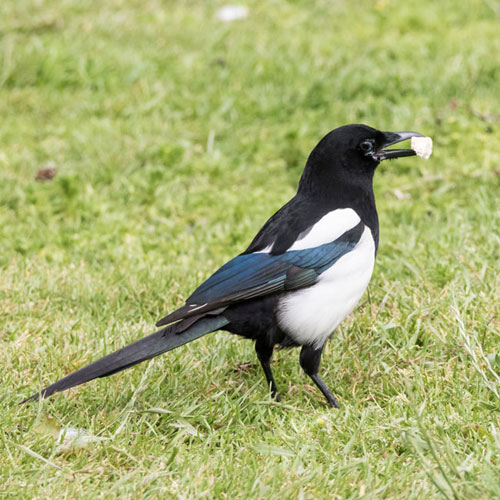 |
There was a very pale Greylag which may be a leucistic bird or perhaps
a hybrid. It’ll be interesting to see if its plumage gets
darker
later in the year. As I strolled around the Loch I snapped pictures of
what still felt like long lost friends, until the recent relaxation of
the lockdown. Coot, Mallards and Canada Geese seemed to be getting on
very well without us.
| Leucistic? Greylag Goose |
Coot |
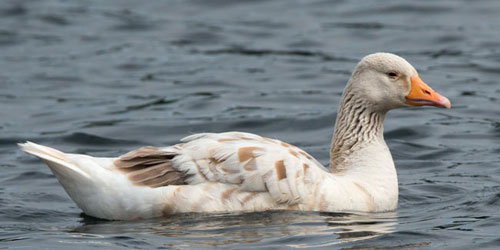 |
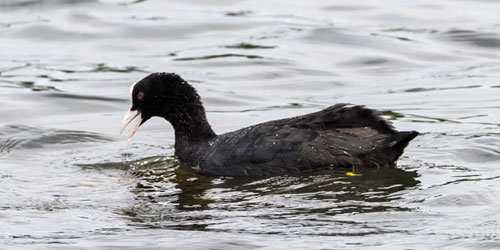 |
| Mallard |
Canada Goose |
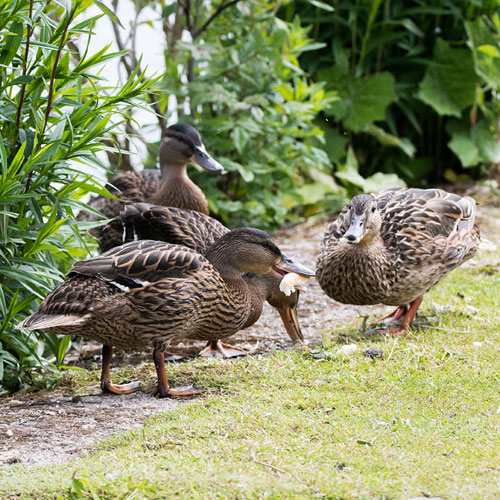 |
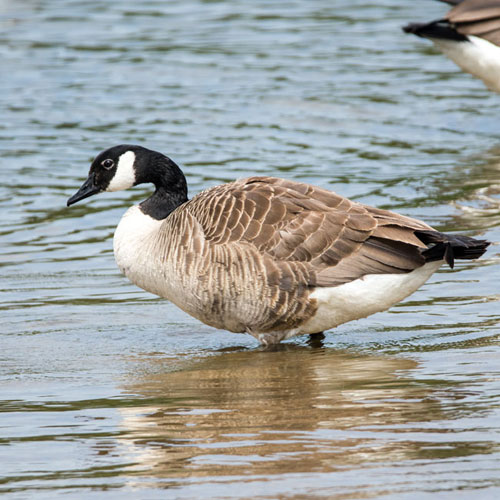 |
The summer wildflowers were in full bloom. Meadow Cranesbill caught my
eye, as did Ragged Robin and Oxeye Daisies.
| Meadow Cranesbill |
Ragged Robin |
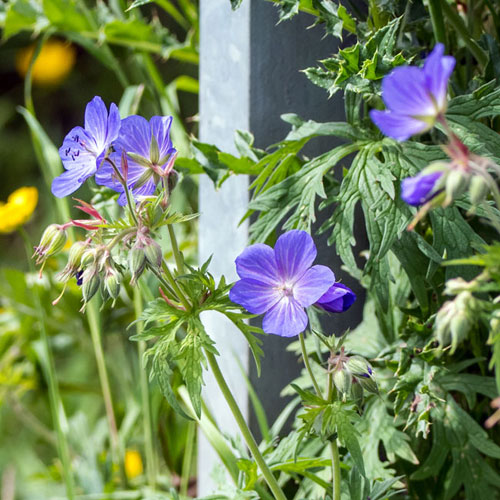 |
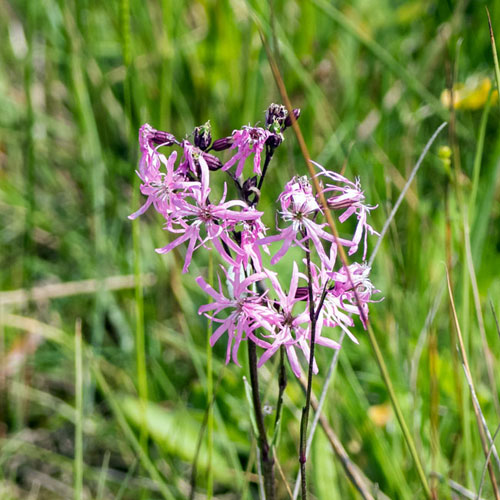 |
| Oxeye
Daisy |
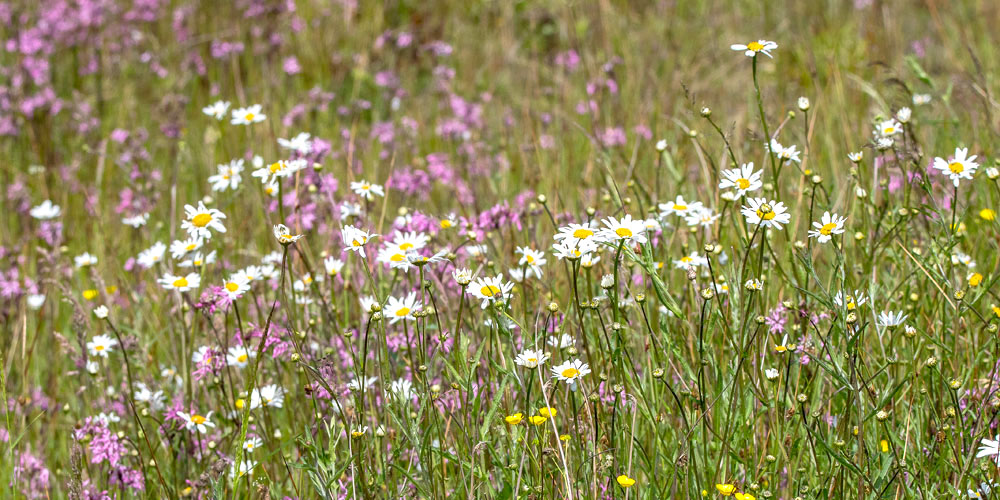 |
At the small pond to the east of the Loch I was pleased to see a couple
of Greenfinches ,
the female hiding in the bushes and listening to the male rasping its
voice atop a Hawthorn bush. In the same area I photographed a Whitethroat
clutching a moth in its beak just before it descended into the thorny
undergrowth to feed its chicks.
At the end of my walk I came across a vicious altercation in the Canada
Goose flock. One very angry goose was going spare, over what, I
didn’t see. It chased any goose that crossed its path until
it
had most of the area to itself. Gladly, no birds seemed harmed in the
outburst. It was pleasant relief to find a few Black-headed Gulls
quietly preening on some lochside rocks. That was a bit of a change as
it is usually the gulls that make most noise. My last sighting was of a
Great Crested Grebe chick close to the bank, too close for its parents
who were calling anxiously from the safety of the centre of the Loch.
It was encouraged back by the promise of fish (which unfortunately I
didn’t see due to poor light and social distancing concerns).
| Black-headed gull |
Great Crested Grebe Juvenile |
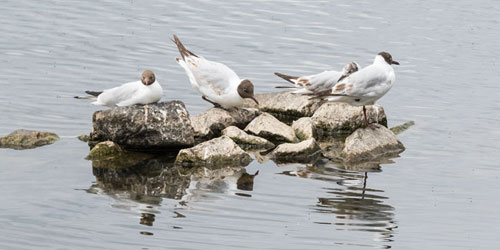 |
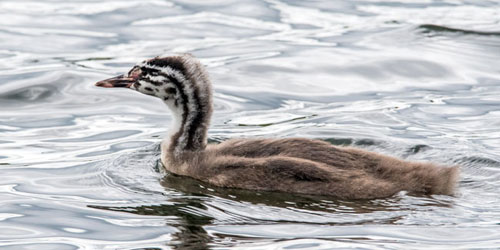 |
Hopefully the Scottish Government will consider soon a further
relaxation of the lockdown regulations to allow travel to the coasts.
If they do, I suspect John and I might need to get some camouflaged face
masks, which, when you think of it, is not a bad idea anyway,
considering we’re trying to hide from the birds in
the first
place.
Week ending: 14th June 2020: Hogganfield
Loch LNR
Encouraged by a statement by the steadfast Professor
Jason Leitch,
that we could “drive around 5 miles to exercise”, I
thought
I’d revisit one of my usual (pre-lockdown) haunts, Hogganfield
Park LNR.
The car park there was closed off, but I was able to get a space amongst
the many cars parked along Cumbernauld Road, and it wasn’t
long
before I was walking the lochside footpath, once again enjoying the
natural delights of one of Glasgow’s finest parks. First to
catch
my eye was a Red Admiral Butterfly resting on a Yellow Flag Iris leaf.
There were many bees on the Iris flowers, such as the Garden
Bumblebee.
Nearby on one of the artificial islands I snapped a well-lit Female
Tufted Duck. I also managed to catch a shot of a Moorhen as it beat a
hasty retreat from some advancing swans.
| Red
Admiral |
Garden
Bumblebee |
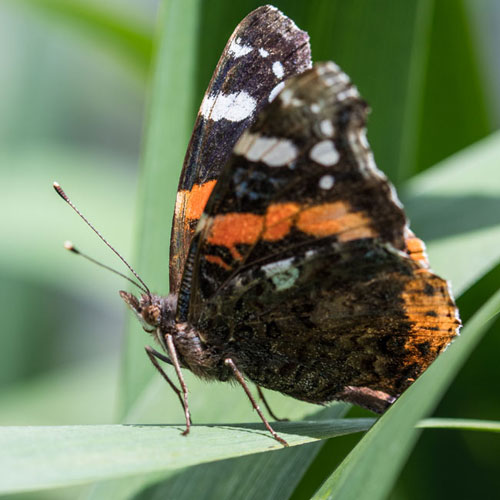 |
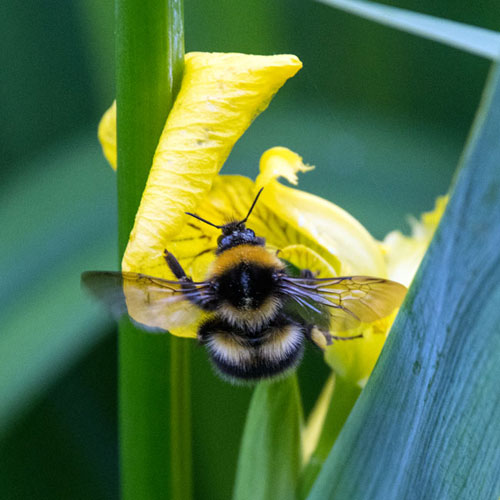 |
| Female
Tufted Duck |
Moorhen |
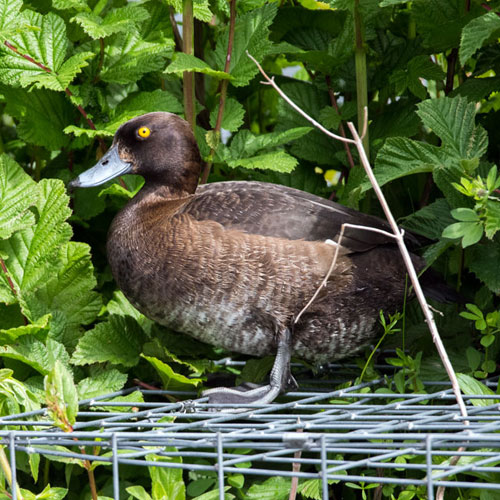 |
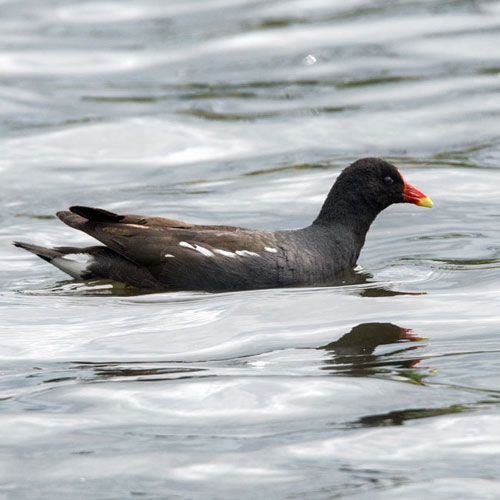 |
The were a couple of families of Mute Swans on the Loch. I watched
cygnets feeding in the lochside reed beds, carefully tended by their
parents, ever-alert to the threat of untended dogs, of which, sadly,
there were a few.
In the eastern section of the park, less busy than the main
thoroughfare, I watched a Magpie devour seed left out for that very
purpose. Not long afterwards, a Whitethroat
appeared on a path-side tree branch. On the pond there were a few
Tufted Ducks and Coots but little else.
| Magpie |
Whitethroat |
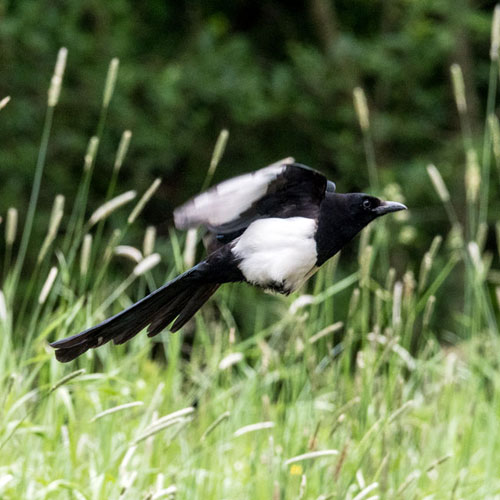 |
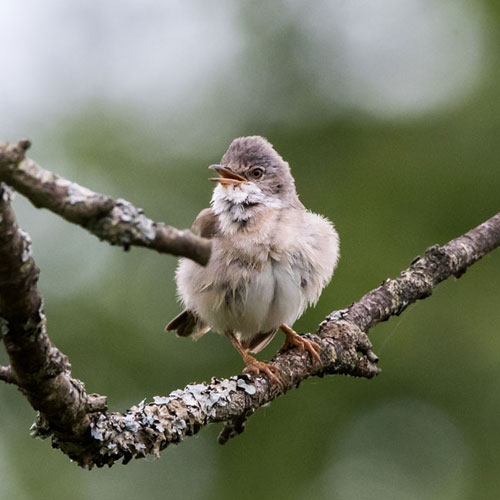 |
| Tufted
Duck |
Coot |
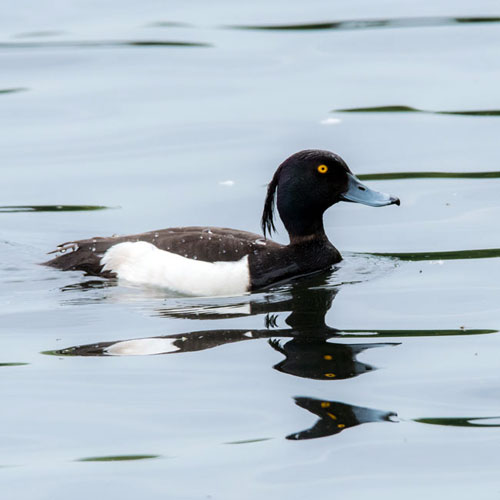 |
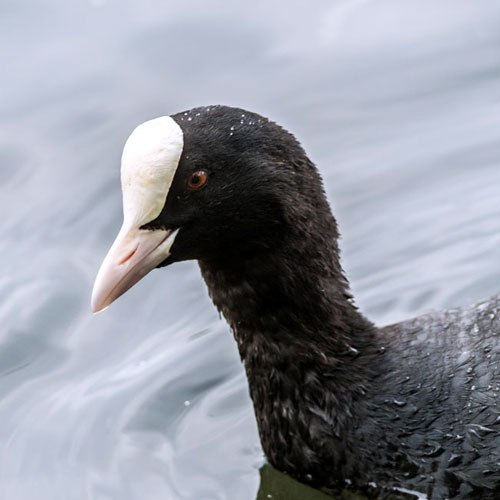 |
As I made my way back to the Loch I passed an area of rough ground that
contained Ragged Robin, flowers that lives up to their name. At the edge
of the Loch there were a few wild orchids. The two species that I
noticed were the Northern Marsh Orchid and, just coming into bloom, the
Common
Spotted Orchid . The latter was surrounded by
Yellowrattle and Meadow Buttercups, a very pretty sight.
| Ragged
Robin |
Northern
Marsh Orchid |
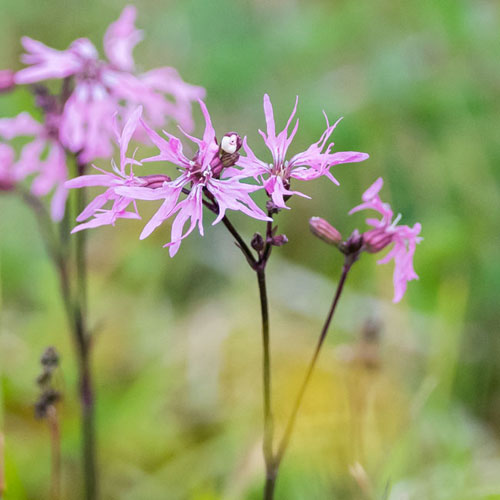 |
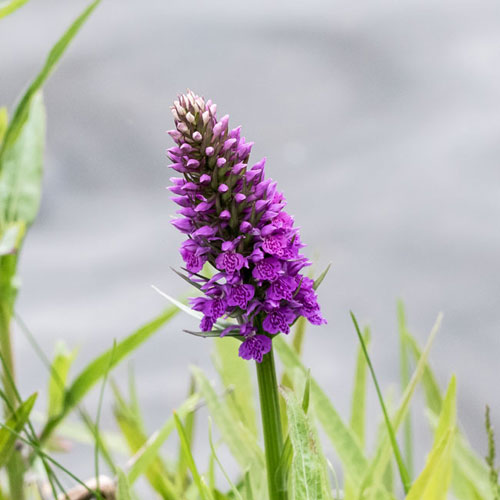 |
| Common Spotted Orchid |
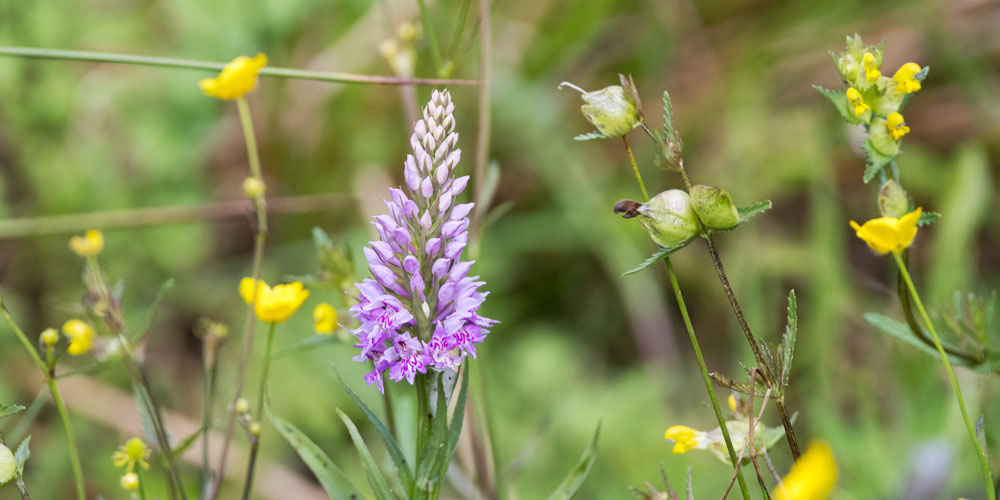 |
I was delighted to see several pairs of Great
Crested Grebes, one of my favourite birds. I watched one pair
feeding their ever-pleading chick with fish.
There were a couple of geese species present. Greylag
Geese
mingled with the Mute Swan flock, each eager to receive food from kind
people carrying bags of bread. Gathered in the middle of the Loch was a
sizeable flock of Canada
Geese ,
who seemed to be sleeping. Maybe they’d had a hard night
flying.
Also resting were a small colony of Lesser Black-backed Gulls on a
pontoon that has been relocated further from the path than on my last
visit. A couple of Greylags were sleeping in the middle of motley
collection of Lesser Black-backs.
| Greylag
Goose |
Canada
Goose |
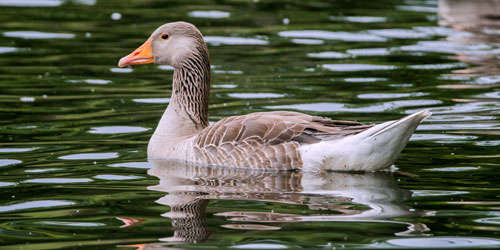 |
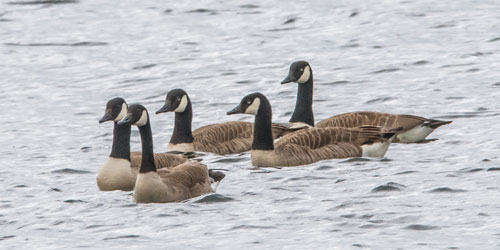 |
|
Lesser Black-backed Gull |
Lesser Black-backed Gull 4th Cycle |
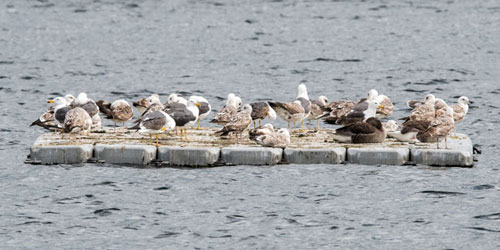 |
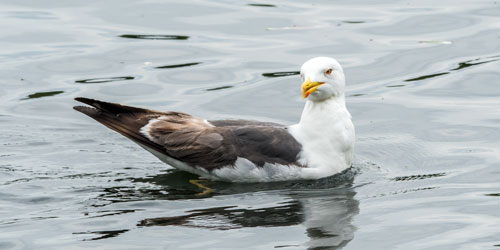 |
By the edge of the Loch, a single Black-headed Gull was scratching its
head just as a Grey Heron flew in to survey the shallows for a tasty
morsel, perhaps a frog? A Little
Grebe
appeared on the scene, making repeated dives in search of small fish. My
final shot of the visit was of a Carrion Crow surveying the small sandy
beach at the south end of the Loch, waiting for a feeding opportunity
no doubt.
| Black-headed
Gull |
Grey
Heron |
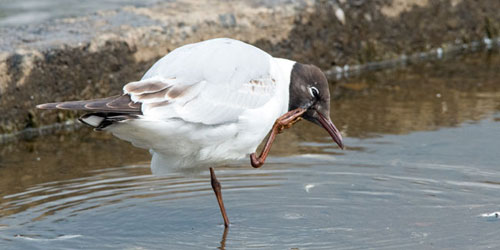 |
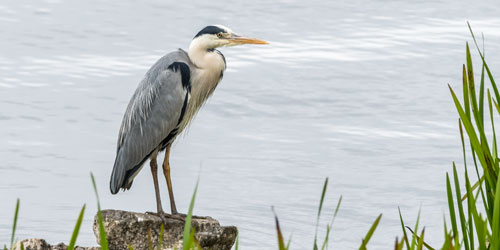 |
| Little
Grebe |
Carrion
Crow |
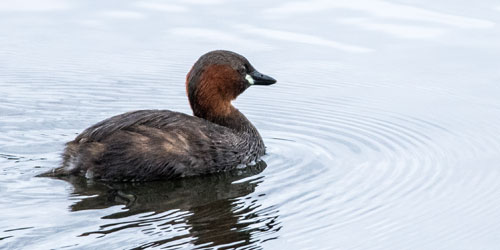 |
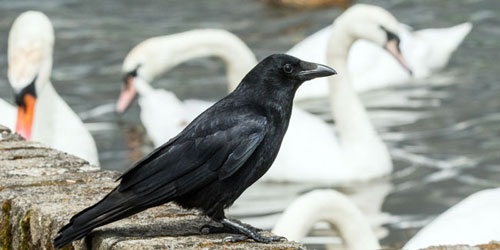 |
It was certainly nice to get back to Hogganfield, but, have no doubt, it
was not as relaxed a place as it had been. Most people were obviously
anxious to observe social distance rules, but a few irritating eejits
were not as sensible and were causing tempers to rise.
Let’s hope that wee Nicola is able to lead us out
of the
nightmare before too long, despite them.
Week ending: 7th June 2020:
Strathclyde Park
This week’s blog mainly
documents
the delights of a particular walk in Strathclyde Country
Park . The walk along the South
Calder Water
river, that flows into the northeast of Strathclyde Loch, is
entirely wooded and lined with wild flowers. My walk there started with
a newbie for me at that site, the Wood
Cranesbill.
By the riverside there were many tall Dames Violet plants freshly in
bloom and in sunlit passages, star-like Greater Stitchwort flowers were
attracting insects. As I wandered under an impressive arched railway
bridge, a main line from Glasgow to London, I spotted a patch of Lady’s
Mantle growing through short grass.
| Wood
Cranesbill |
Dames
Violet |
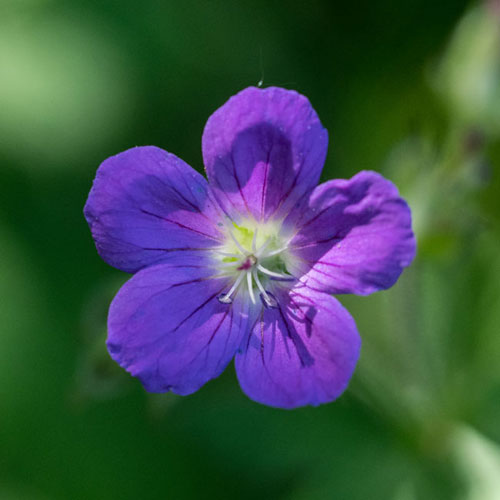 |
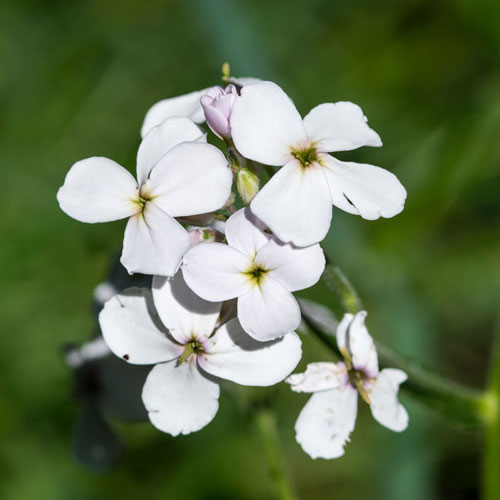 |
| Greater
Stitchwort |
Lady's
Mantle |
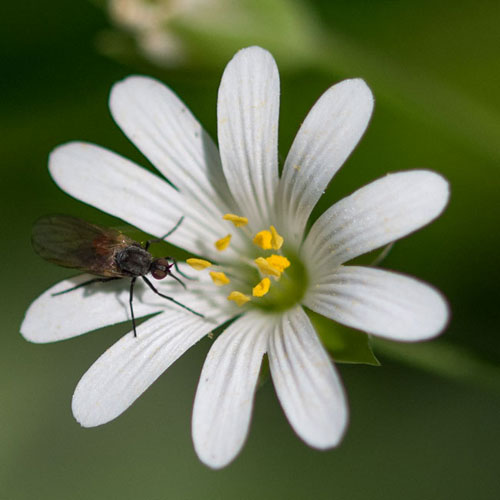 |
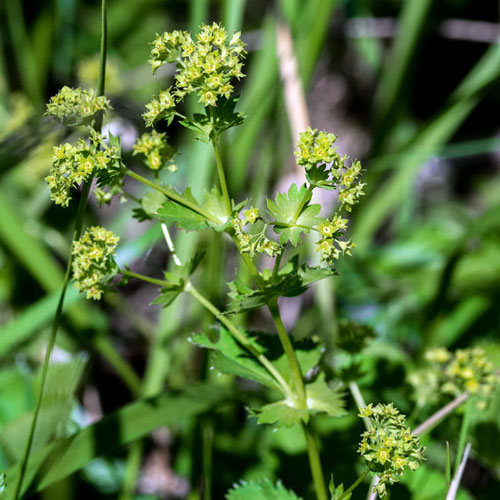 |
I came across a section of the riverbank that was lined with flowering
Common Comfrey. To the sound of many bees working from flower to flower I
photographed Common Carder, White and Buff-tailed Bumblebees,
the latter two were large queen bees as big as your thumb. As I passed
a rocky limestone outcrop I noticed some pink flowers of Herb
Robert clinging in a narrow damp crack.
| Carder
Bumblebee |
Herb
Robert |
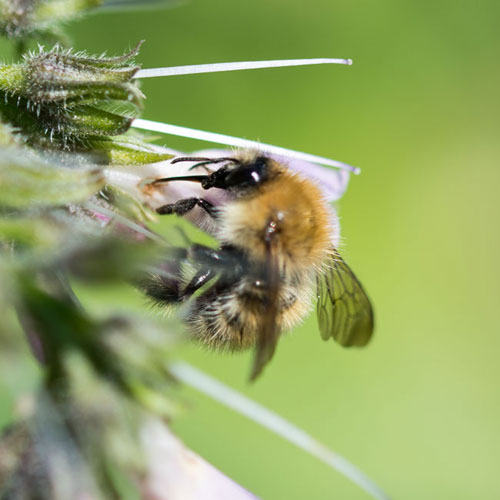 |
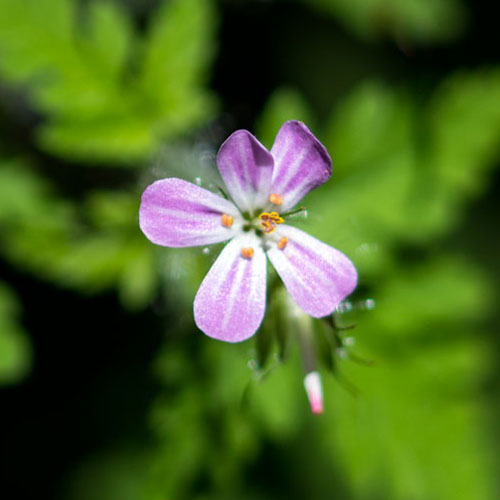 |
Along the path edges I found several places where Water and Wood Avens
were flourishing. Both species were starting to form spiked seed heads.
As I neared the path’s end I managed a lovely shot of a Marmalade
Hoverfly
resting on a sunlit blade of tall grass. I also caught a Grey Squirrel
trying to look invisible, clinging upsidedown on a tree, before it
realised it wasn’t working and hastily scampered upwards. I
crossed the short distance to the Foreshore Carpark. It was completely
empty of cars (the Park was closed to cars due to the Lockdown). As I
scanned it for wildflowers I was surprised to find Common Blue Damselflies,
who are water-dwelling, on the grassy verges. The Loch is about 100m
away from the car park.
| Marmalade
Hoverfly |
Grey
Squirrel |
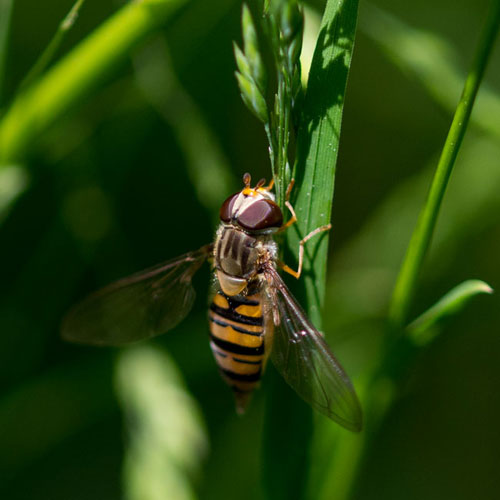 |
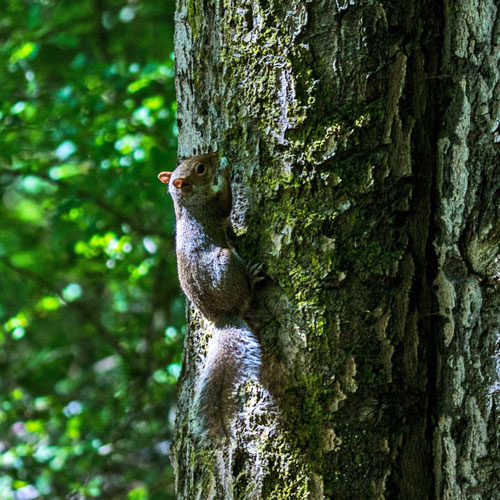 |
I photographed Red and White Clover, and, in the same family (pea)
, tiny Hop Trefoil. Beside a low wall the were a few Yarrow plants.
| Red
Clover |
White
Clover |
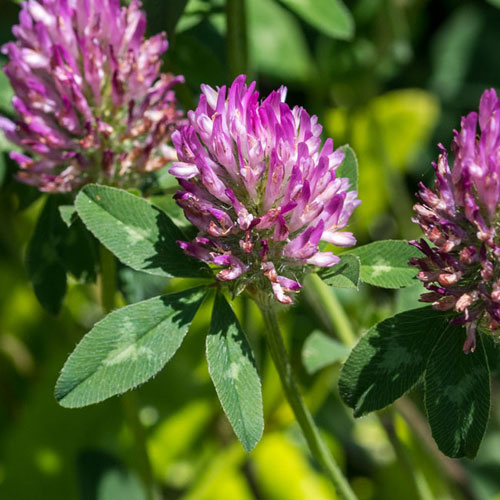 |
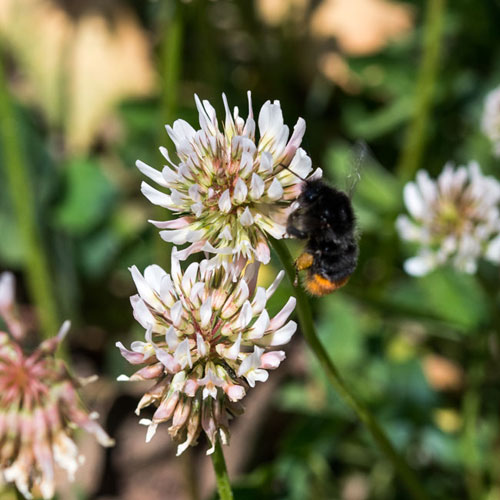 |
| Hop
Trefoil |
Yarrow |
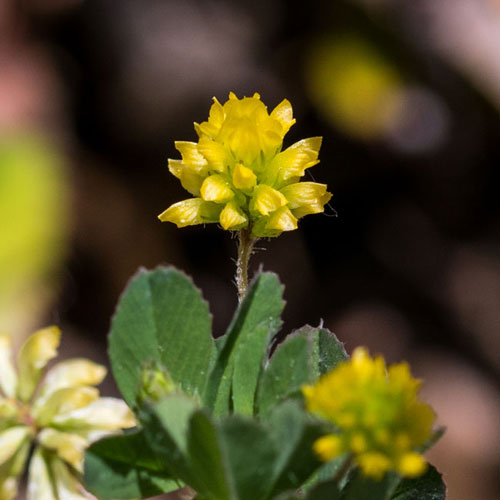 |
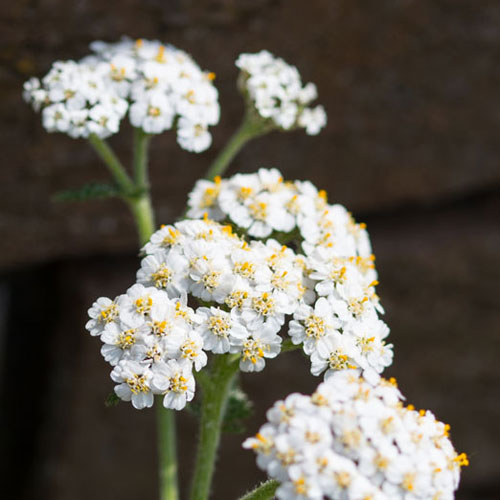 |
Another common roadside plant, the exotically-named Pineapple
Mayweed ,
was growing in the kerbside. It is actually native to Asia and is a
favourite food for foragers. Buzzing of bees attracted me to large
bushes of Dog Rose and Rhododendrons. I found mainly Red-tailed
Bumblebees deep in the large flowers.
| Pineapple
Mayweed |
Rhododendron |
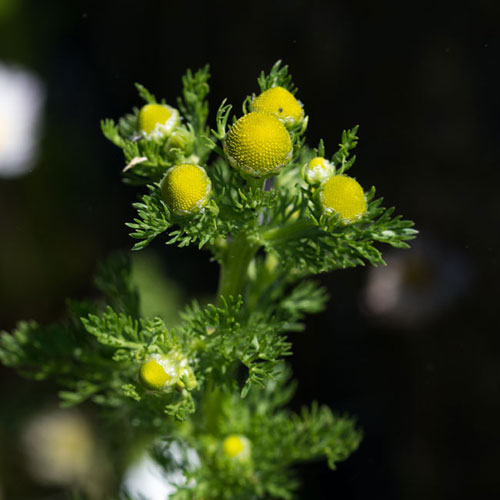 |
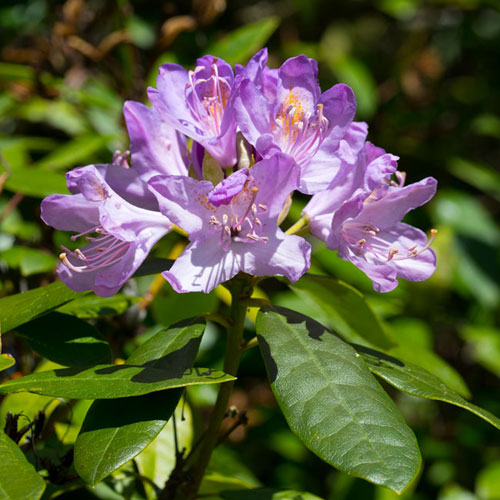 |
| Red-tailed
Bumblebee |
Dog
Rose |
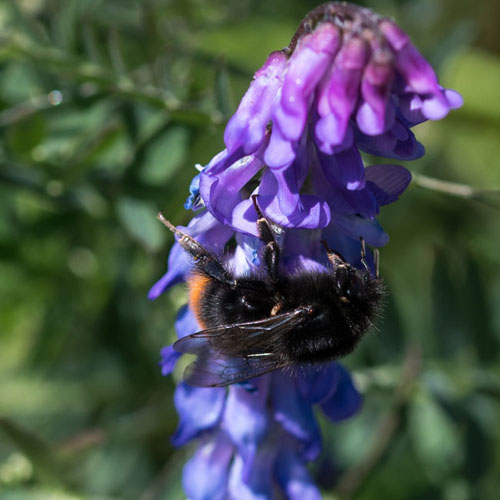 |
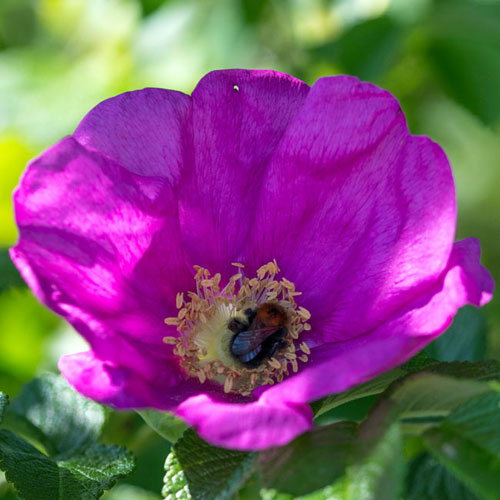 |
There was a large flock of Greylag Geese grazing by the Loch.
They
were conscious of the many walkers and their dogs and took to the water
for safety if they perceived danger. Some on the west side of the Loch
had goslings. I noticed a more brightly-coloured pair amongst the more
usual dull ochre ones. I suspect these will grow up to be hybrids. Tufted Ducks
accompanied the geese on the water but never emerged onto dry land.
A very conspicuous white goose was with the Greylags. It was a domestic
Embden
Goose,
probably an escapee from a farm or collection. I snapped a few of the
very common birds seen around the Loch. These include Jackdaws, Carrion
Crows and Mute Swans. Only a few years ago there were few Greylags and
large and swelling number of Swans, but now the Greylags far outnumber
the Swans.
| Embden Goose |
Jackdaw |
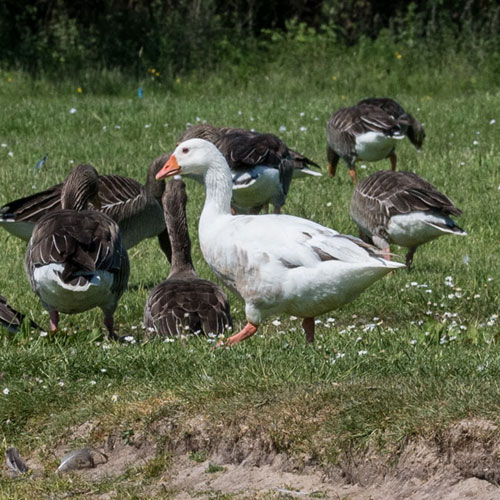 |
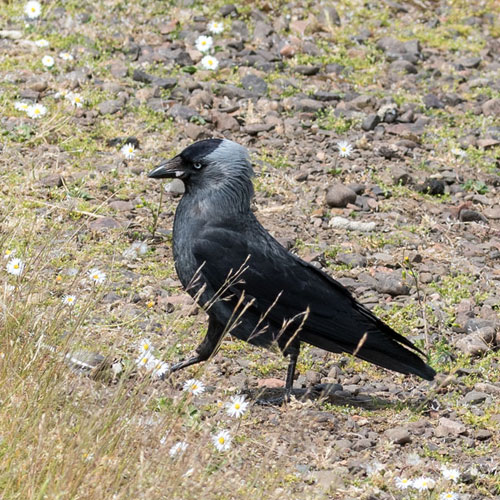 |
| Mute
Swan |
Carrion
Crow |
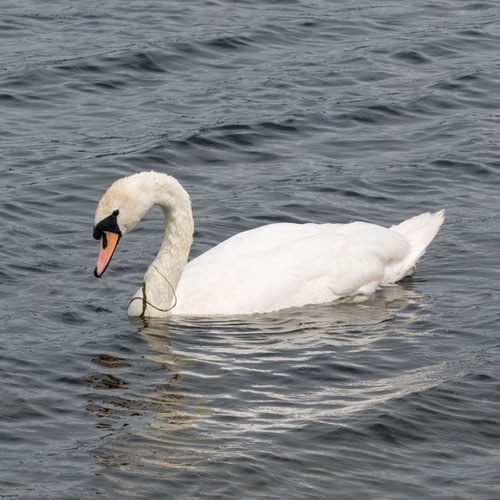 |
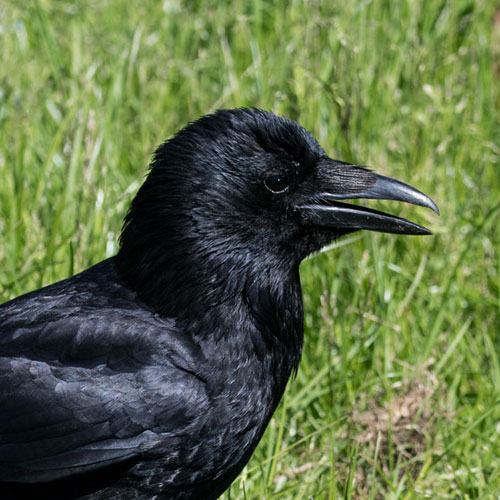 |
I hope I’ve given a flavour of the natural delights of the
paths
along the South Calder water, and Strathclyde Country Park in
general. It is a wonderful resource, more known for its water sporting
activities, but it is a fact that far more people use it for walking
than sailing or canoeing. Give it a try.
Highlights
- June 2020
We present picture
highlights for June 2020. I’ve grouped them in a series of
themes with no
commentary. I hope the pictures speak for themselves.
WINGS
| Canada
Goose |
Mute
Swan |
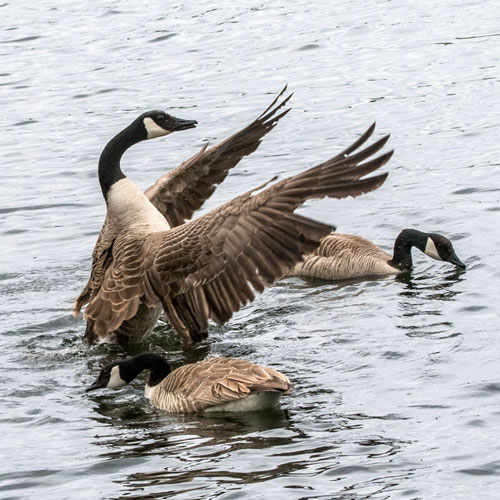 |
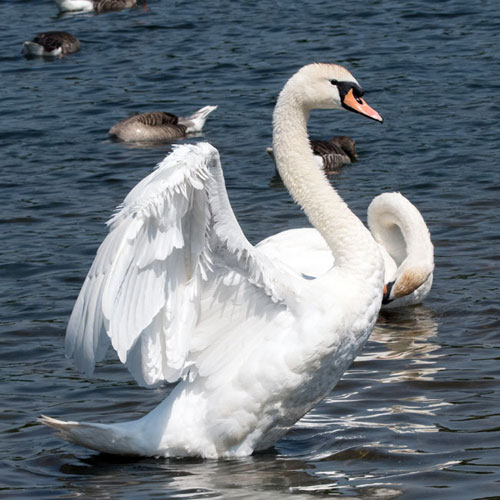 |
| Starling, Juvenile and Adult |
PERCHING BIRDS
| Feral
Pigeon |
Rosy
Starling |
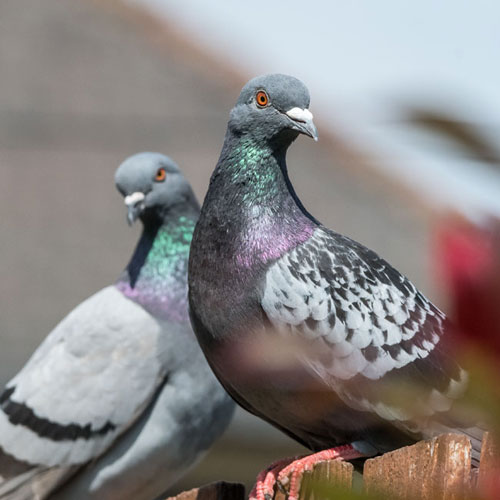 |
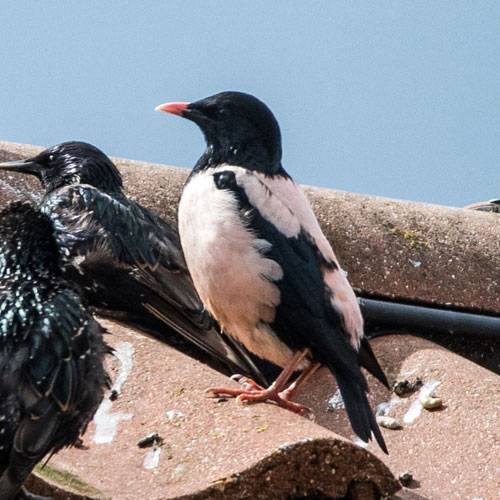 |
| Whitethroat |
Willow
Warbler |
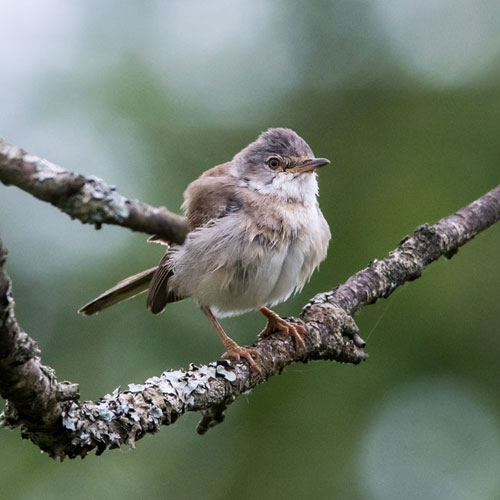 |
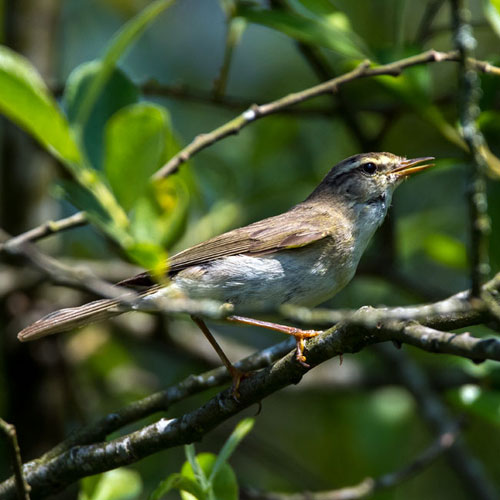 |
INSECTS
| Common
Clusterfly |
Early
Bumblebee |
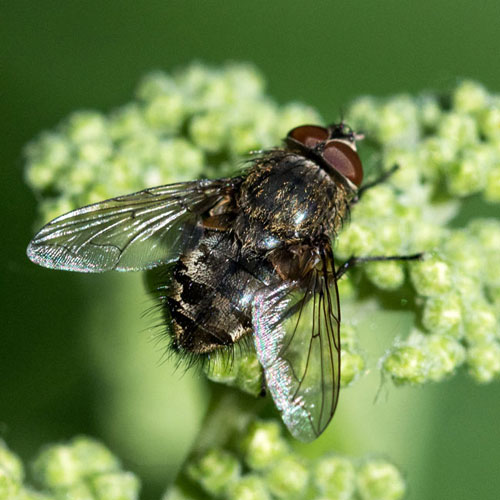 |
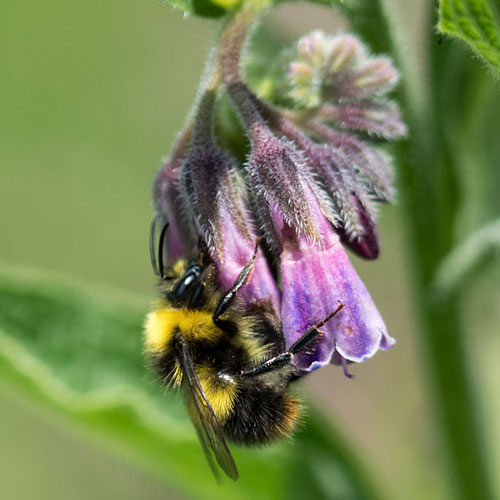 |
| Hoverfly -
Eristalsis Abustorum |
Garden
Bumblebee |
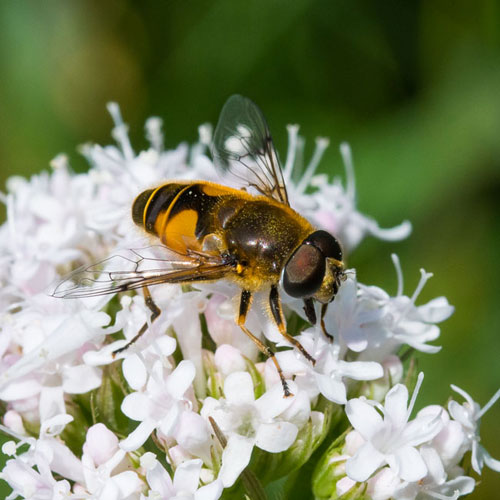 |
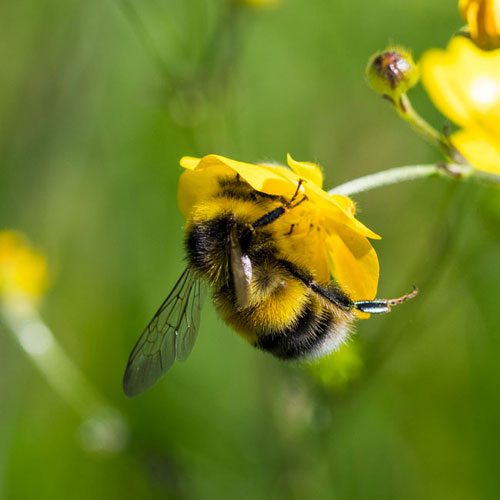 |
| Hoverfly - Syrphus
Ribesii |
White-tailed
Bumblebee |
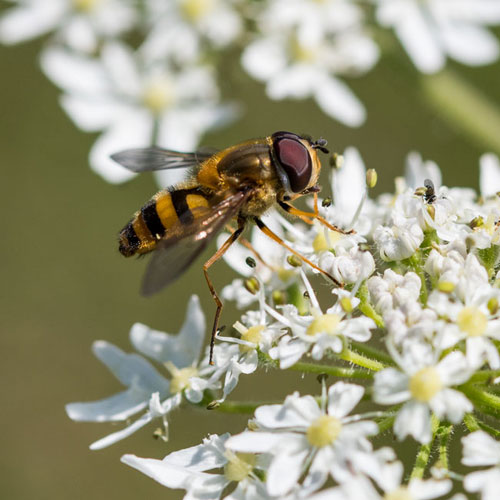 |
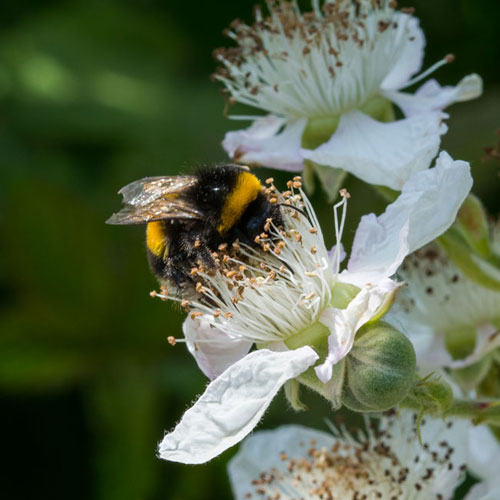 |
DAMSELFLIES
| Azure
Damselfly |
Emerald
Damselfly |
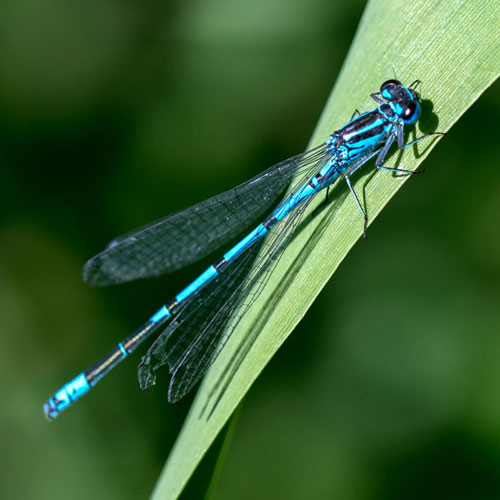 |
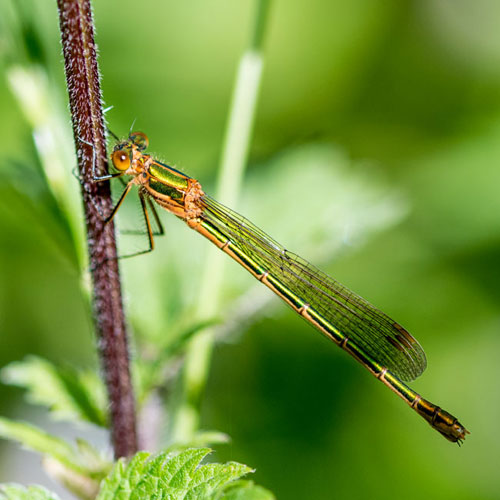 |
HOT CHICKS
| Juvenile
Coot |
Juvenile
Great Crested Grebe |
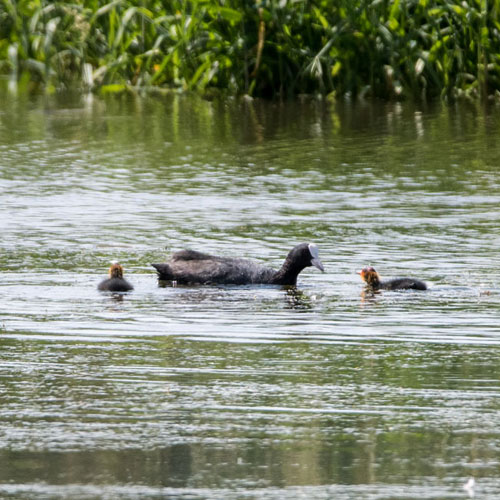 |
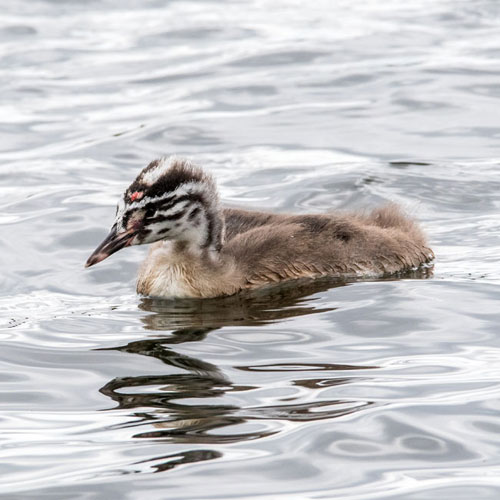 |
| Juvenile
Greylag Goose |
Juvenile
House Sparrow |
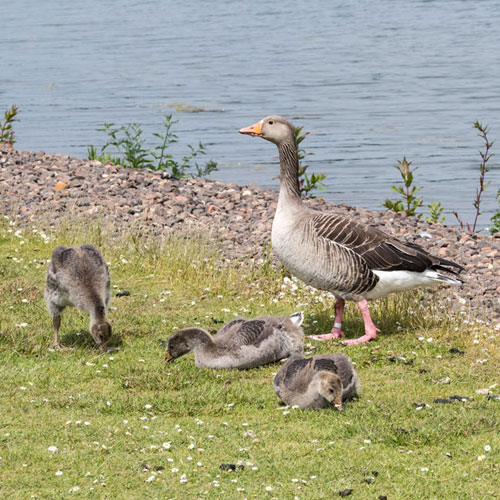 |
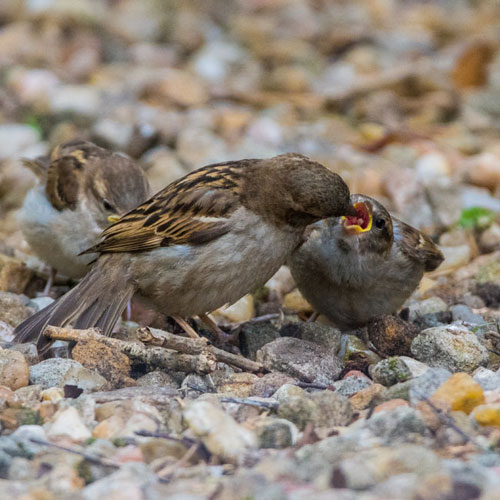 |
| Juvenile Mallard |
Juvenile
Mute Swan |
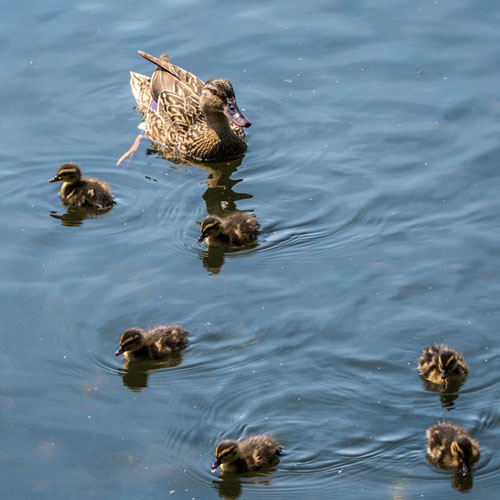 |
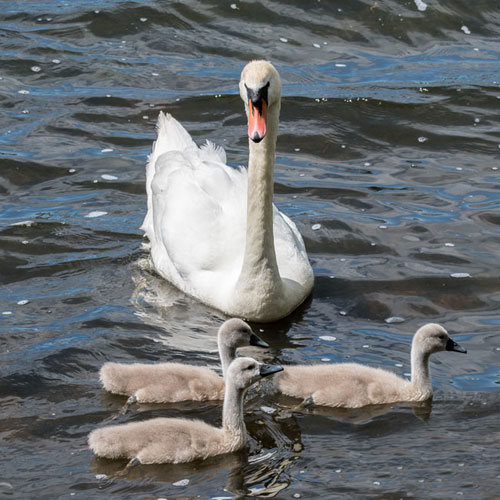 |
WILDFLOWERS
| Blue Sow Thistle |
Dog Rose |
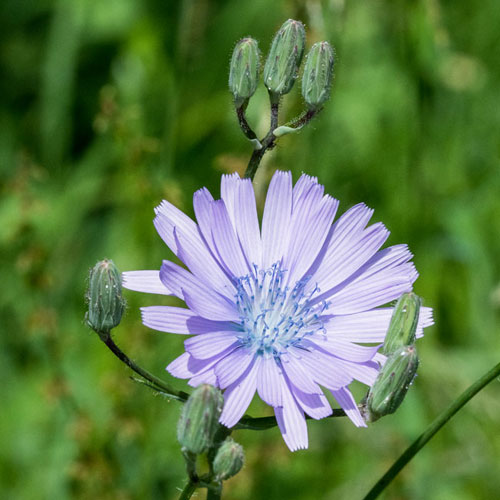 |
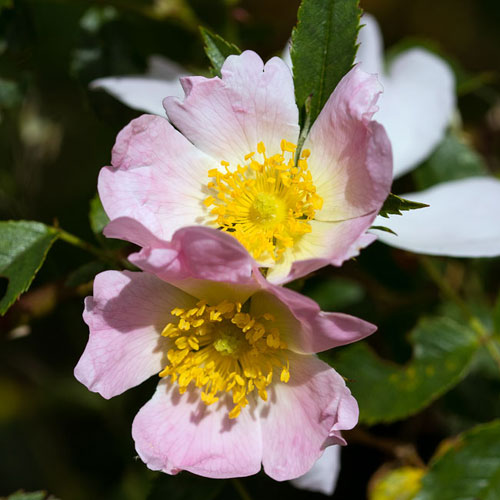 |
| Hedge Woundwort |
Herb Robert |
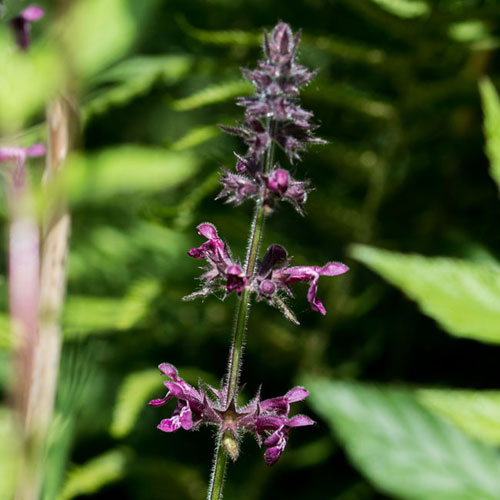 |
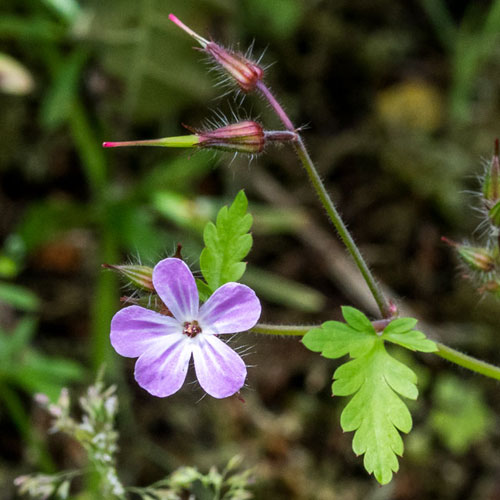 |
| Meadow Cranesbill |
Yellow Rattle |
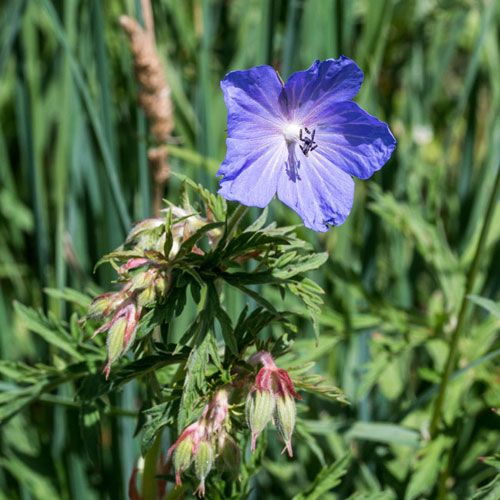 |
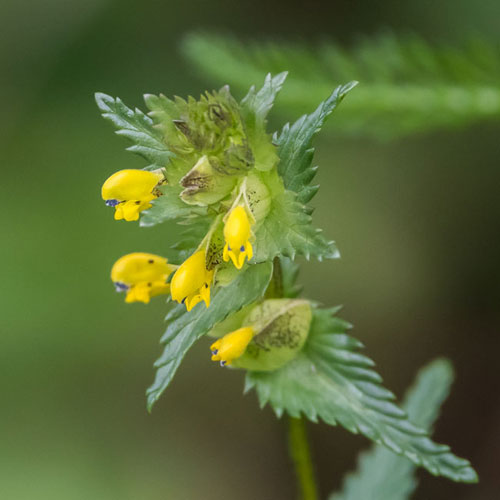 |
BUTTERFLIES
| Meadow Brown |
Red Admiral |
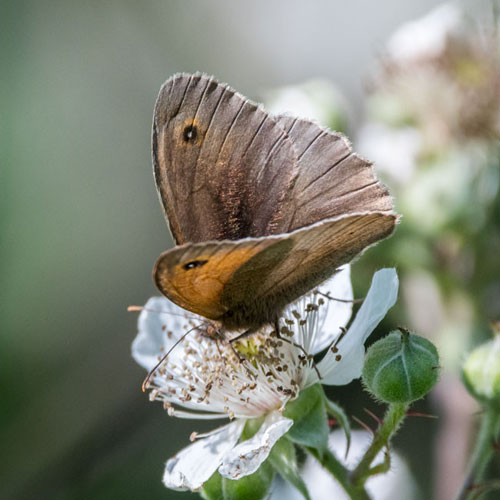 |
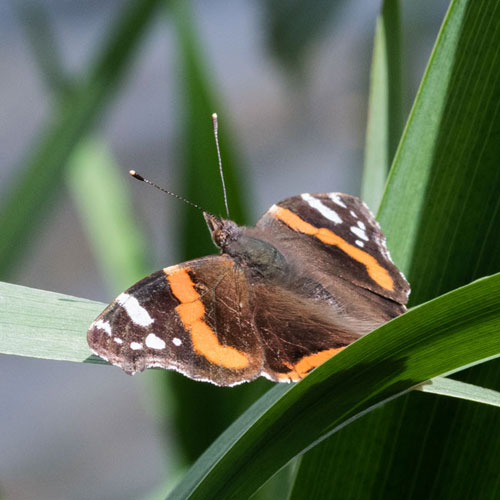 |
| Ringlet |
Small Tortoiseshell |
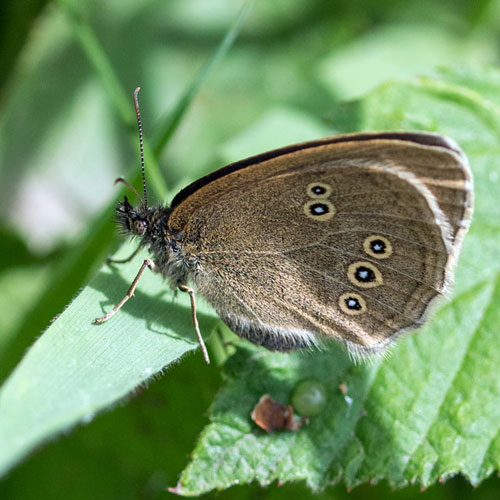 |
 |
WEE COCK SPARRAS
Back
To Top
|

